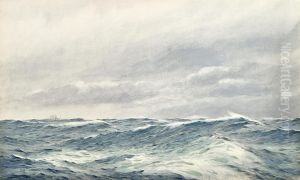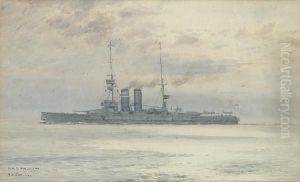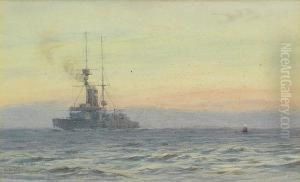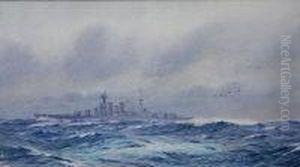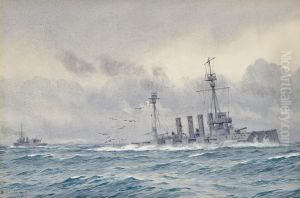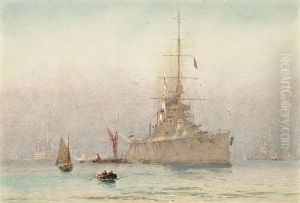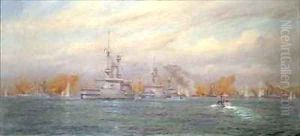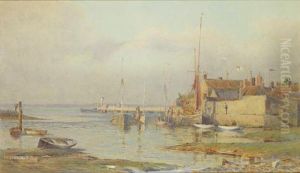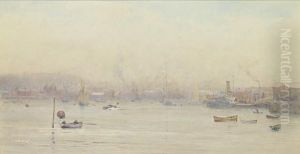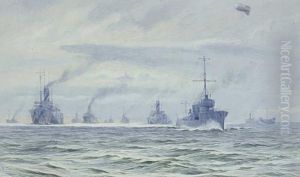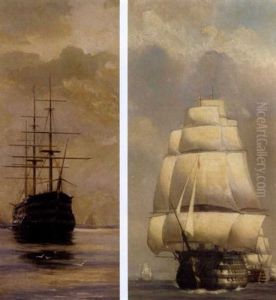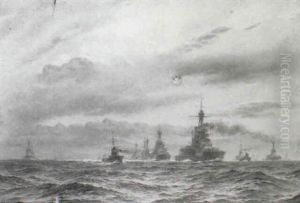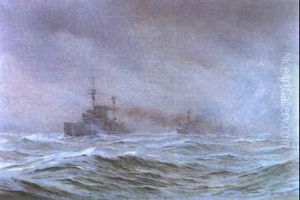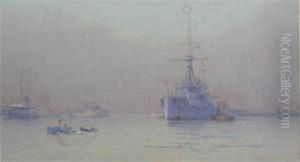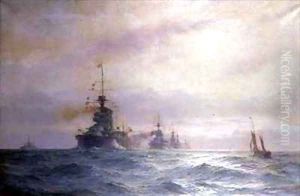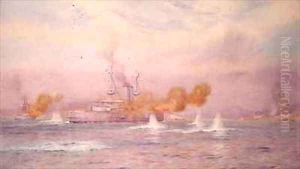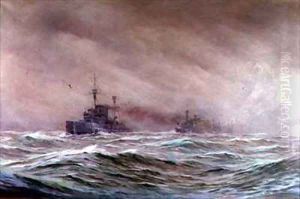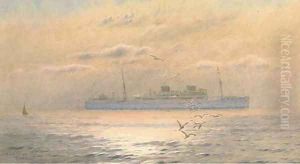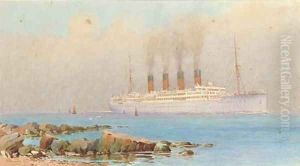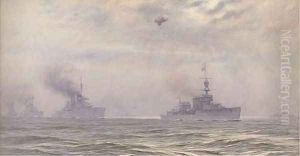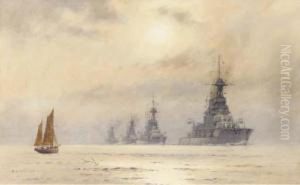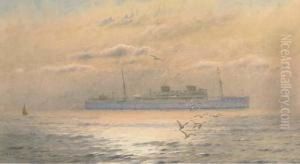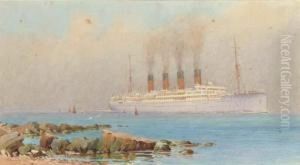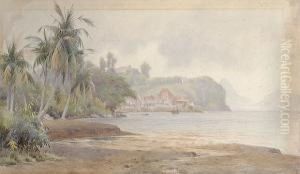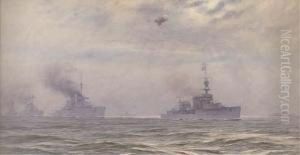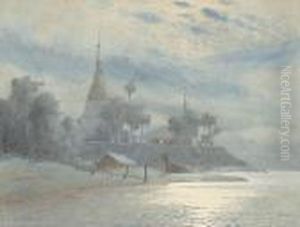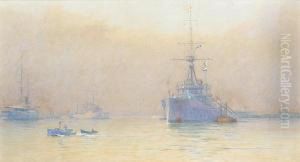Alma Claude Burlton Cull Paintings
Alma Claude Burlton Cull was an English painter known for her watercolor landscapes and garden scenes. Born in 1880 in Britain, her work was part of the impressionist movement, a style characterized by an emphasis on light and its changing qualities, ordinary subject matter, and movement. This was a departure from the more detailed and historically themed works that were popular in the Victorian era.
Cull received her education at the Slade School of Fine Art in London, which was one of the most progressive art schools of the time, admitting women on equal terms with men. While at Slade, she honed her skills in various mediums, but it was in watercolor that she found her true expression.
Her career as an artist saw her exhibiting with prominent institutions such as the Royal Academy and the Royal Watercolour Society. Despite the limitations often imposed on women in the art world at that time, Cull achieved recognition for her work. Her paintings often depicted the English countryside and gardens, capturing the play of light and shadow with delicate brushwork.
The outbreak of World War I in 1914 introduced new themes to her work, as she became one of the few women war artists who depicted the home front. Her paintings from this period provide a unique perspective on the impact of the war on rural England, away from the battlefields.
Alma Cull's career was cut short by her untimely death in 1931. Despite her relatively short life, she left behind a body of work that continues to be appreciated for its contribution to the impressionist movement in England. Her paintings are held in various art collections, both public and private, and she remains a respected figure in the history of British art.
